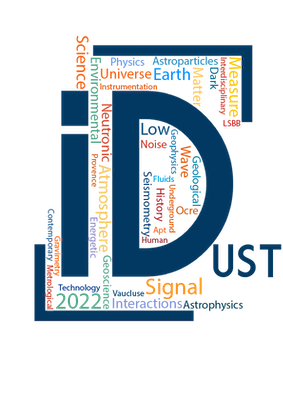Speaker
Description
All lightning strokes generate electromagnetic pulses –atmospherics– which can travel over distances of thousands of kilometers. Night-side atmospherics show typical frequency dispersion signatures caused by sub-ionospheric propagation. Their analysis can be used to determine the distance to the source lightning, and therefore it represents a safe tool for investigation of distant thunderstorms, as well as for indirect observations of the lower ionosphere.
We have developed a method based on a deep learning approach to automatically obtain the type of atmospherics, their exact time, and the frequency range from the frequency-time spectrograms using the data recorded on the external site of LSBB at Vestale. The method that employs convolutional neural networks is designed to be adaptable to scientific needs and provide reliable results according to the requirements on the sensitivity to events, computation performance, and precision of extracted details.
We have also captured unusual daytime atmospherics with dispersion signatures originating from strong thunderstorms which occurred during winter months 2015 in the North Atlantic region. Using newly developed analysis techniques for 3-component electromagnetic measurements we are able to determine the source azimuth and to attribute these rare atmospherics to both positive and negative lightning strokes in northern Europe. We consistently find unusually large heights of the reflective ionospheric layer which are probably linked to low fluxes of solar X rays and which make the dayside subionospheric propagation possible. Although the atmospherics are linearly polarized, their dispersed parts exhibit left handed polarization, consistent with the anticipated continuous escape of the right-hand polarized power to the outer space in the form of whistlers.
